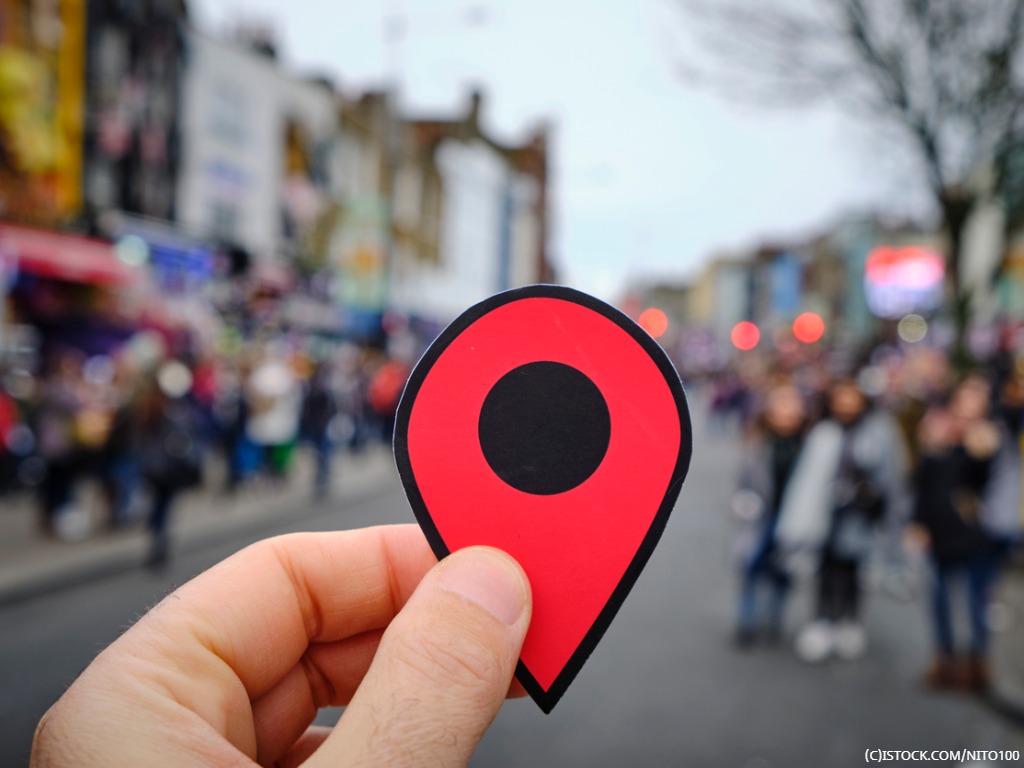
The primary goal of any eCommerce website is to attract as many visitors as possible, and keep them coming for more. As a result, most online stores tend to include various functionalities and features.
What the majority of eCommerce stores forget, however, is that their potential customers also include a large number of people with disabilities.
Web accessibility often takes a backseat, or in most cases, is totally forgotten while optimising a digital store. However, in an increasingly digitised world, web accessibility is critical for the success of your business. It will not only attract more customers and avoid potential ADA non-compliance lawsuits, but also improve the performance of your eCommerce site on SERPs.
Read on to know about the relatively lesser-known benefits of accessibility that go well beyond just ADA compliance.
Enhanced overall use experience
One of the main benefits of an accessible eCommerce website is a better overall user experience. While building a UX-focused online store is your ultimate goal, incorporating accessibility takes it to the next level.
While making your site user-friendly for the disabled, you have to add accessibility features such as keyboard-based navigation, search by voice, increase content readability, video transcripts, and accurate alt tag descriptions, among others. All these factors also help streamline your site flow, which helps everyone, not just disabled users.
For example, captions allow users to watch videos without turning on the volume, which benefits all users. According to a recent report, only 12% of people watch Instapage videos with the sound on. The report also states that average reach of the captioned video is 16% higher than the one without and CTA clicks drop by 26% when captions are removed.
Content layout that’s designed for screen readers and large font sizes make it easier for everyone to read your content. As a result, your website's bounce rate is likely to go down after making these changes.
Better search engine discoverability
Adding video transcripts is one of the essential components of web accessibility, along with captions and audio descriptions. Video transcripts and captions allow people who are deaf or hard of hearing to enjoy your videos.
Search engines are much like deaf and blind users. They can't listen or watch videos. However, they do index text. As a result, video transcripts allow search engines to discover and index your multimedia content easily.
Developers have also started adding semantics to website code in new HTML versions. Semantics help search engines understand what each component of your website does. Web accessibility helps you to take these semantics a step further. Accessibility tools can leverage existing microdata and ARIA tags to communicate the structure and purpose of the content on your website.
Increased inbound traffic means more leads
According to the World Bank, 15% (one billion) of the world’s population experience some form of disability, while one-fifth of the estimated global total (110-190 million people) experience significant disabilities.
Making your website accessible helps you cater to this large segment of potential buyers, increasing your inbound traffic significantly. Accessibility also extends support to a wide range of devices, allowing more people to visit your eCommerce store.
The more traffic you have, the more leads your online store can generate, which will translate into more sales. Web accessibility is good for business. Period.
Positive brand image leads to more publicity
In an increasingly digitised world, brands, whether local or global, have to be more conscious of their public image. People are more willing to associate themselves with brands that are actively engaged in social and environmental issues. When a brand takes a wrong stance on a social issue, 47% of its customers are likely to walk away, with 17% never coming back.
Making your eCommerce site accessible builds a positive brand image. Your store will not only attract disabled users, but also garner support from disability advocates and socially conscious users. The more positive interactions these users have with your site, the more likely they are to recommend your business to their peers. Is there a better way to build brand loyalty?
Avoid accessibility lawsuits
The last and perhaps the most direct benefit of being accessible is avoiding discrimination and accessibility lawsuits. In 2018, the number of federally-filed website accessibility cases skyrocketed to 2,285, up from 815 in the year prior. In the first half of 2019, these cases have increased by 51.7% compared to the six months in 2018. The total filings for 2019 were estimated to reach over 3,200.
Many brands have been struck with a disability lawsuit, ranging from eCommerce giant Amazon to global tech brands like Apple. If you want to avoid claims of discrimination and legal action, you need to make your eCommerce store more and more accessible. One simple way to achieve this is simply by using a web accessibility tool. It can save considerable money, time, resources, and keep your brand image intact.
Conclusion
The demand for web accessibility is on the rise. As a socially responsible brand, your eCommerce store needs to be accessible. Hopefully, learning about these five accessibility benefits will encourage you to optimise your online store. It’s time to be the change you see in the world.
 Interested in hearing leading global brands discuss subjects like this in person?
Interested in hearing leading global brands discuss subjects like this in person?
Find out more about Digital Marketing World Forum (#DMWF) Europe, London, North America, and Singapore.







